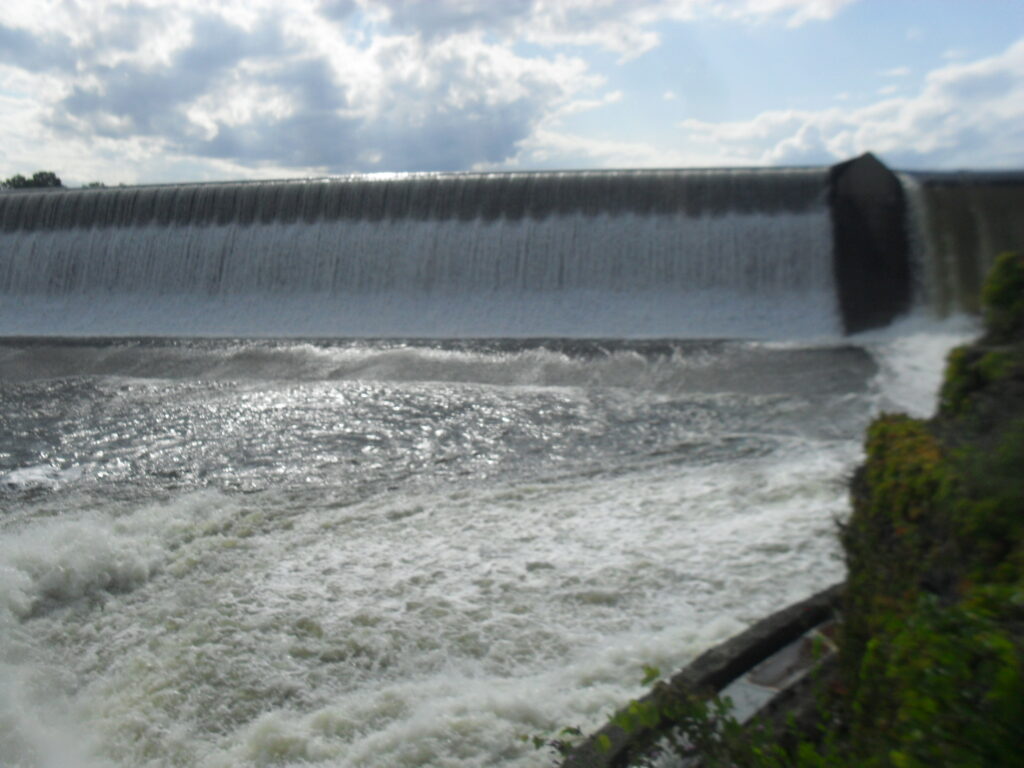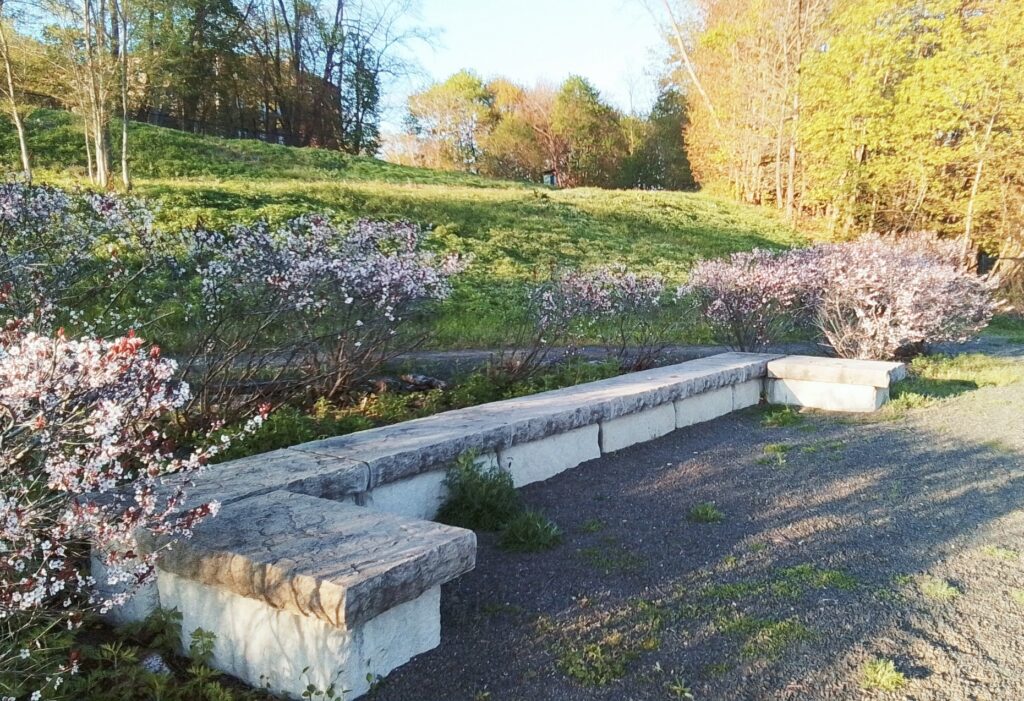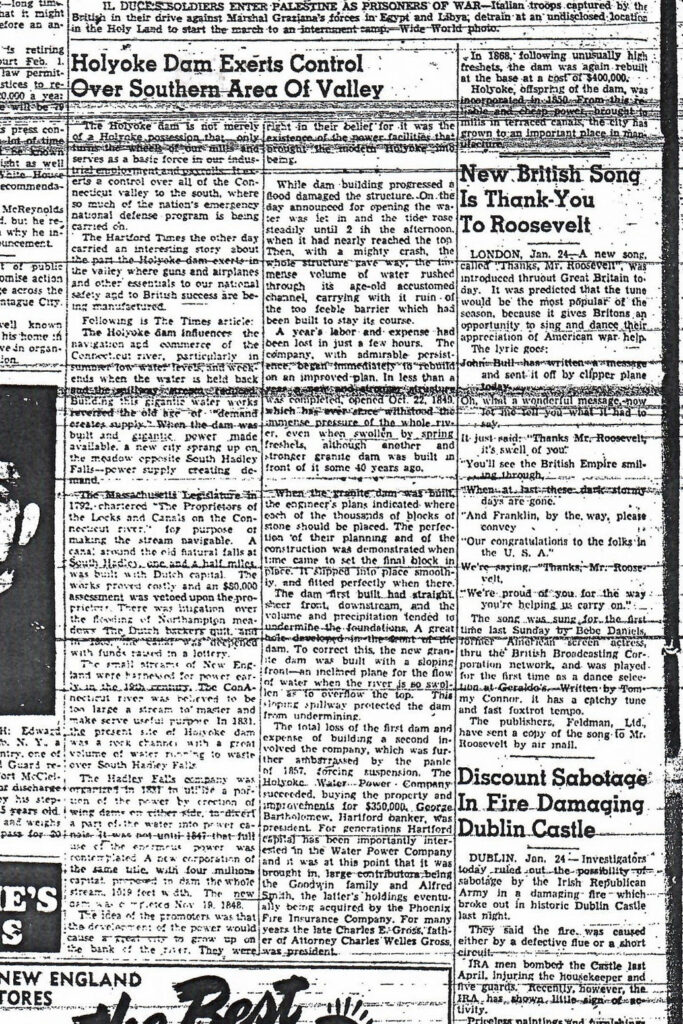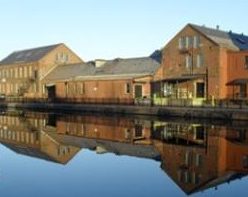
[Park in the South Hadley Library parking lot. Parks are to the southwest of the parking lot.]
This is also part of the South Hadley Heritage tour. Navigate back to the tour page HERE.


South Hadley Riverside Parks have great views of the Holyoke Dam and the South Hadley Canal System. This is a system of three parks that runs north to south along the Connecticut River. Gatehouse Park is along the dam and is the northernmost of the three parks. It has a nice view of the library on the hill. Texon Park is along the river’s edge and is the middle park. It has a nice view of the Muller Bridge to the northwest. Lower Riverside Park is the southernmost and holds the lock system of the South Hadley Canal. Texon Park has an overlook close to the Holyoke Dam and has an eel lift.


The former Carew Paper Mill and then later known as the Texon Mill was in this Texon Park. Likewise, the Glasgow Mill was here and its parent company the Hadley Cotton Mill is still visible across the river.
Holyoke Gas and Electric made this park system for South Hadley.

The outside masonry of the Holyoke Dam is made from fitted and numbered pieces that were quarried in Vinalhaven, Maine. The inside of the dam is made of rubble granite that was quarried a mile down the river in Holyoke. The Holyoke Dam was the longest in the world when it was constructed. Gatehouse Park has an apron of the dam to its south. The gatehouses were to help control the South Hadley Canal. A tiny replica of the canal is inside the fences to your north. In the Lower Riverside Park, there is much to see and a great deal of history. The South Hadley Canal was built in 1795 to help transport cargo boats upstream to Northampton. The Great Falls at this location dropped 60 feet within a mile. Boats could not get through so a navigational canal was built. This was the first canal for navigation in North America. It is 2.5 miles long and was lined with packed clay. To get boats to the height of the canal an inclined plane was used. It had a flat-backed cart with an oversized rear wheel. The boat was placed into the large cart and hauled up the incline. This lasted for only 10 years when a system of 5 locks replaced it. Water was pumped from the river into a lock and then the boat could advance through the lock system step by step.








Along the river’s edge in Lower Riverside Park, there were at first a sawmill and a grist mill along with the Lathrop Mill. By the 1840s, there were 11 small mills. In 1846, these mills all burnt in a massive fire. Included in these were the Ames and the Lathrop Paper Mills. This allowed Holyoke to apply for water permits to construct a river-wide dam. The Carew Paper Mill in 1848 was built in Texon Park and the Glasgow Mill in 1848 in Riverside Park. The Hampshire Paper Mill was built in 1866 in the location between Texon Park and Lower Riverside Park.



Flowers at the Parks

